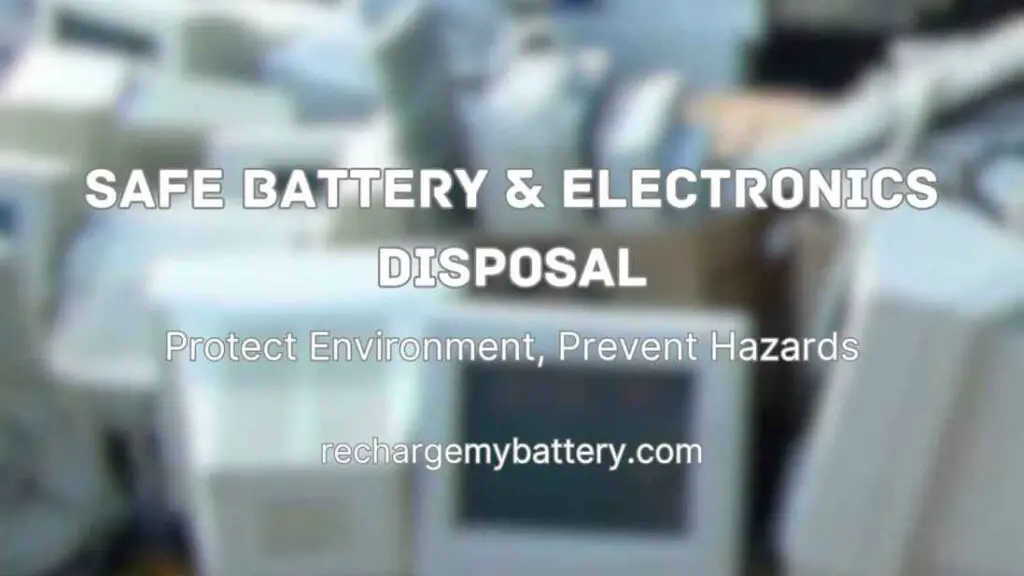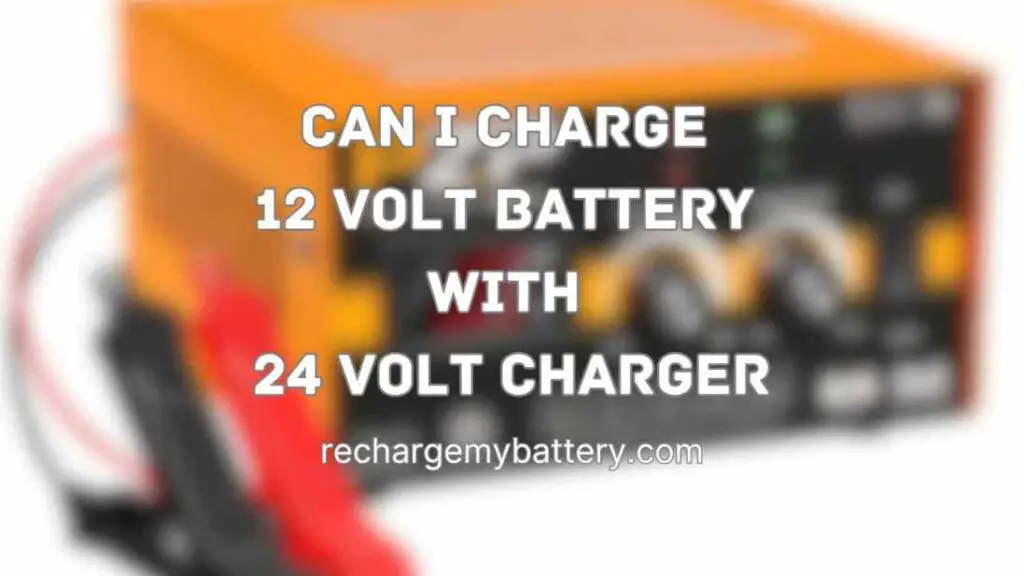In this article, we will delve into the world of trimmer batteries, exploring their importance, types, maintenance tips, and more.
1. Introduction to Trimmers and their Batteries
Gardening is a rewarding hobby that allows us to connect with nature and beautify our surroundings. Whether you have a sprawling lawn or a small backyard garden, maintaining it requires the right tools. One essential tool for every gardener is a trimmer. And when it comes to trimmers, the battery plays a crucial role in ensuring uninterrupted operation.
2. Why is a Good Battery Important for Trimmers?
A trimmer’s battery is its life force, providing the necessary power to effortlessly trim through grass, weeds, and shrubs. A good battery ensures optimal performance and longevity for your trimmer. It allows you to work efficiently without the hassle of cords or dependence on electrical outlets. Additionally, a reliable trimmer battery provides consistent power throughout your gardening tasks, ensuring you can complete them without interruption.
Types of Trimmer Batteries
3.1 Lithium-Ion Batteries
Lithium-ion batteries have gained popularity in the gardening world due to their numerous advantages. They offer higher energy density, longer runtimes, and are lightweight compared to other battery types. Lithium-ion batteries also have a slow self-discharge rate, which means they retain their charge when not in use. However, they can be more expensive than other options.
3.2 Nickel-Cadmium Batteries
Nickel-cadmium (Ni-Cd) batteries have been widely used in the past but are less common today. They are known for their robustness and ability to handle extreme temperatures. However, they suffer from the “memory effect,” where the battery gradually loses its maximum capacity if not fully discharged before recharging.
3.3 Nickel-Metal Hydride Batteries
Nickel-metal hydride (Ni-MH) batteries are a middle ground between lithium-ion and nickel-cadmium batteries. They offer a balance of performance, affordability, and environmental friendliness. Ni-MH batteries have a higher energy density than Ni-Cd batteries and are less prone to the memory effect. However, they have a lower energy density compared to lithium-ion batteries.
Choosing the Right Battery for Your Trimmer
When selecting a battery for your trimmer, consider factors such as compatibility, runtime, and cost. Check the manufacturer’s specifications to ensure compatibility with your trimmer model. Assess the battery’s voltage, ampere-hour (Ah) rating, and charging time to determine its runtime and efficiency.
Compare prices and weigh the benefits of each battery type to make an informed decision that suits your gardening needs.
Advantages of Trimmers with Replaceable Batteries
Some trimmers offer replaceable batteries, providing flexibility and convenience for prolonged use. With replaceable batteries, you can have a fully charged spare battery on hand to quickly swap and continue working. This feature is particularly beneficial for larger gardening projects or situations where extended runtime is required. Having a backup battery ensures uninterrupted operation and minimizes downtime.
Maintaining Your Trimmer Battery
Proper maintenance is essential for prolonging the lifespan of your trimmer battery. Follow these tips to keep your battery in optimal condition:
6.1 Proper Charging Techniques
Always use the charger provided by the manufacturer to ensure compatibility and safe charging. Avoid overcharging or undercharging the battery, as both can affect its performance and longevity. Follow the recommended charging time and never leave the battery connected to the charger once it reaches full capacity.
6.2 Storage and Temperature Considerations
Store your trimmer battery in a cool, dry place away from direct sunlight. Extreme temperatures can negatively impact battery performance and overall lifespan. Avoid exposing the battery to freezing temperatures or high heat, as it can cause irreversible damage.
6.3 Cleaning and Maintenance
Regularly inspect your trimmer battery for any signs of dirt, debris, or corrosion. Clean the battery terminals using a soft, dry cloth to ensure good electrical contact. Avoid using water or harsh chemicals during the cleaning process, as they can damage the battery.
Improving Battery Life
To maximize the lifespan of your trimmer battery, consider the following tips:
7.1 Avoid Over-Draining the Battery
Try to avoid fully depleting the battery’s charge before recharging it. Recharge the battery when it reaches around 20-30% capacity to prevent deep discharge cycles, which can reduce the battery’s overall lifespan.
7.2 Regular Use and Exercise
Using your trimmer regularly helps keep the battery active and prevents it from deteriorating due to extended periods of inactivity. Even if you don’t have a specific trimming task, running the trimmer for a short period periodically can help maintain the battery’s health.
7.3 Avoid Extreme Temperatures
Extreme heat or cold can affect the performance and lifespan of your trimmer battery. Whenever possible, store the battery in a temperature-controlled environment and avoid exposing it to harsh weather conditions.
Troubleshooting Common Trimmer Battery Issues
If you encounter any problems with your trimmer battery, consider the following solutions:
8.1 Battery Not Holding Charge
If your battery does not hold a charge for long or discharges quickly, it may be nearing the end of its lifespan. In such cases, consider replacing the battery with a new one that matches your trimmer’s specifications.
8.2 Slow Charging or Rapid Discharging
If the charging time significantly increases or the battery discharges rapidly, check the charger and battery for any signs of damage or wear. Faulty chargers or damaged batteries may require replacement.
8.3 Battery Overheating
If your trimmer battery becomes excessively hot during use, immediately stop using it and allow it to cool down. Overheating can indicate a malfunctioning battery or a problem with the trimmer itself. Contact the manufacturer or a professional for assistance.
Benefits of Cordless Trimmers
Cordless trimmers, powered by batteries, offer several advantages over their corded counterparts. These include:
- Freedom of movement: Cordless trimmers allow you to move freely without the restrictions of cords or the need for electrical outlets.
- Portability: Cordless trimmers are lightweight and easy to carry around, making them ideal for larger gardens or areas without easy access to power sources.
- Reduced noise: Cordless trimmers are generally quieter than their corded counterparts, providing a more peaceful gardening experience.
Conclusion
A trimmer battery is an indispensable component of your gardening toolkit, providing the necessary power for efficient trimming and maintenance. By choosing the right battery, properly maintaining it, and following best practices, you can ensure optimal performance and longevity for your trimmer. Embrace the freedom and convenience of cordless trimmers and enjoy the benefits they bring to your gardening experience.
Thank you for reading it.


